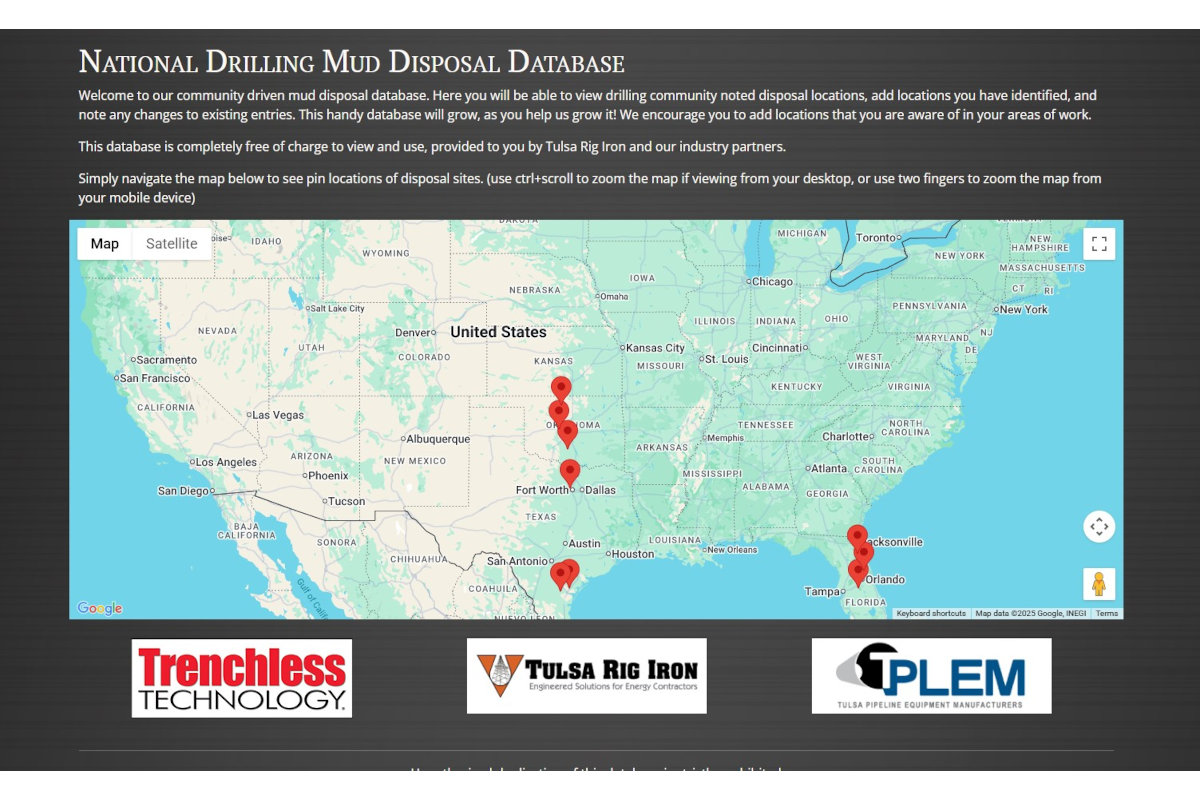Drill Master: Universal Formula?
The following happens as the pump crankshaft makes one complete revolution: As the piston or plunger moves away from the pumping chamber (i.e. suction stroke), the liquid within the pumping chamber expands and the chamber pressure falls. The swept volume of the pumping chamber increases as the pistons move on the suction stroke. Maximum acceleration of the piston occurs at the beginning of the suction stroke. Drilling mud is relatively incompressible and very little movement of the slurry is required to achieve a pressure drop.
When the pumping chamber pressure drops below the suction pressure, this differential pressure (suction pressure minus pumping chamber pressure) begins to push the suction valve open. This occurs when the slurry is moving slowly so the valve opens gradually and smoothly as the velocity of the slurry increases. This increase in velocity is caused by the liquid leaving the larger suction manifold and passing through the throat of the smaller suction valve. Liquid flows through the valve assembly and should be in contact with the face of the piston. As the piston decelerates near the end of the suction stroke, the suction valve slowly returns to its seat. As the piston stops, the suction valve closes.
The piston then reverses and starts on the discharge stroke. As the piston starts forward, the swept volume of the pumping chamber decreases and the piston is at its maximum speed. The liquid trapped in the pumping chamber is compressed until chamber pressure exceeds the discharge pressure by an amount sufficient to begin to push the discharge valve away from its seat. The discharge valve is pushed higher as the velocity of the piston increases. Midway through the discharge stroke, the piston begins to slow. As the piston decelerates, the discharge valve begins to close. At the end of the discharge stroke, the valve should be resting on its seat.
With the above in mind, I have been asked if there is a formula to calculate volumetric efficiency in general. The short answer is no.
One must take into consideration the suction line length, size, bends-valves or strainers, the viscosity of the liquid, the size of the valve openings, stroke of the pump, size of the piston, inlet pressure at the suction manifold, speed of the pump, entrained gas in the liquid, elevation of the location and there are numerous other items that could be thrown in the pot.
There is no universal way to calculate volumetric efficiency unless all the factors are known. The net positive suction head required for a pump will increase or decrease as variables are thrown into the mix. However, one can usually see, hear and feel when a pump is running erratically enough to no longer be efficient at a given rpm.
When this happens, slow the pump to a speed where it becomes smooth to operate. This speed may not be desirable due to the decrease in gallons per minute, but it is all that the pump is going to do under the particular set of circumstances that it has to work with at the time. Continued operation of a pump, when evident that something is wrong, will only add to the overall maintenance cost of the pump.




